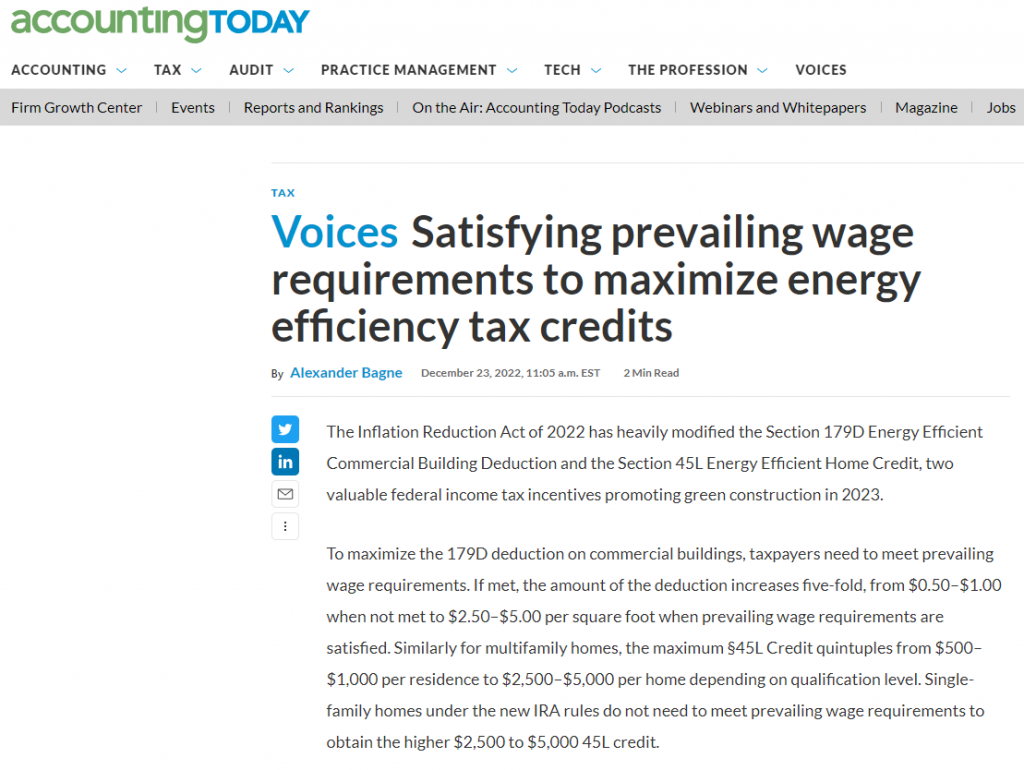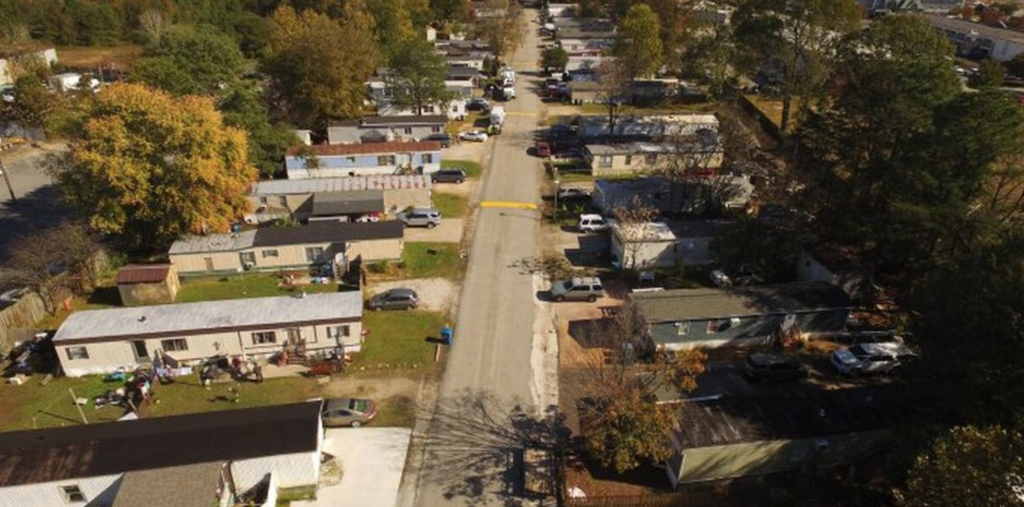A brief overview of Tartan Residential’s Energy-Efficient Construction Initiative:
Category Archives: 3-Design & Construction
Modular Construction in Affordable & Workforce Housing
“Building homes off-site can help speed up the time it takes to complete homes in areas of the country that face extreme weather, Lawrence said, as the initial construction process takes place inside and away from the elements. It’s also more efficient in the sense that workers build the homes in an assembly line approach versus starting from scratch at each job site. Economies of scale not only reduce material costs, but they can also reduce waste generated during construction, Lawrence added. “

Link to article found here.
SIPs vs Modular: Transportation Costs and R-Values
Transportation costs for modular are as much as 30 times higher than for SIPs. And SIPs deliver an R28 exterior wall while modular delivers R13. The combined reduction in transportation costs and monetized energy savings make SIPs – in many, but not all cases – a very good choice.

Link to article found here.
Enhanced Energy-Efficient Tax Benefits in Recent Federal Legislation
“To maximize the 179D deduction on commercial buildings, taxpayers need to meet prevailing wage requirements. If met, the amount of the deduction increases five-fold, from $0.50–$1.00 when not met to $2.50–$5.00 per square foot when prevailing wage requirements are satisfied. Similarly for multifamily homes, the maximum §45L Credit quintuples from $500–$1,000 per residence to $2,500–$5,000 per home depending on qualification level. Single-family homes under the new IRA rules do not need to meet prevailing wage requirements to obtain the higher $2,500 to $5,000 45L credit.”

Link to article found here.
Johnston Farms Apartment Homes
Featured
Johnston Farms Apartment Homes is a proposed 120-unit apartment community serving families in Rock Hill, South Carolina. The estimated cost of this project is $35 million. This workforce housing development project, which targets families earning 80% of area median income, is proposed to be financed with essential function bonds. Construction is planned for May 2023.
The following video gives an overview of this energy-efficient workforce housing development. Feel free to contact Jeff Carroll at tartanresidential@gmail.com with any questions you may have regarding this or any of Tartan Residential’s other energy-efficient workforce housing development opportunities.
Buchanan’s Crossing Phase 3
In 2014 Tartan Residential began work on Buchanan’s Crossing Subdivision – A 40-unit duplex development serving families in Kansas City, Kansas. Phase 1 consisted of 16 units and was constructed with traditional wood-framed exterior walls and R-13 batt insulation. Phase 2 consisted of 8 units and was constructed with R-26 polyurethane-filled structural insulated panels. In all other respects, the first two phases were identical.
This side-by-side demonstration underscored the benefits of building with structural insulated panels. Although building with panels cost more than traditional stick-frame construction, we identified a long list of construction, operating and financial benefits associated with panelized construction.
Our design team took what we learned and engineered a 3-story garden apartment building using structural insulated wall panels. Davidson’s Landing, a 115-unit workforce housing development financed with tax-exempt bonds and located in Kansas City, Kansas is currently under construction utilizing this building system. We are currently about 70% complete, ahead of schedule and below budget. Our first units will be ready for occupancy in the next month or two.
A few weeks ago our team obtained a building permit to begin construction on Buchanan’s Crossing Phase 3, a 16-unit workforce housing development to be financed with tax-exempt bonds. Phase 3 will be constructed with R-18 graphite-infused polystyrene exterior wall panels. We plan to use high-efficiency water heaters and HVAC systems for this phase. And we plan to build one building with panels on one side of the duplex and lumber and fiberglass on the other side.
Our design team – which includes the Virginia Center for Housing Research and Mathis Consulting Company (principal Chris Mathis is an MIT-educated building performance specialist and an ASHRAE Fellow) – plans to create simulated living environments in these side-by-side units to observe and collect data on for one year. This one-of-a-kind comparison should highlight additional benefits of energy-efficient construction systems.
The following video gives and overview of this small, but exciting project. Feel free to contact Jeff Carroll at tartanresidential@gmail.com with any questions you may have regarding Tartan’s energy-efficient workforce housing development opportunities.
Breakthrough: Using Structural Insulated Panels in Workforce Housing
So today was a really big day for my workforce housing design team.
About 8 years ago we began experimenting with structural insulated wall panels in workforce housing.
We began with an easy design – a one-story duplex building – and tallied up the costs/benefits of building with panels over traditional stick-built framing. What we learned was this: By spending a little more on the panels (about $4,000/unit) we were able to attract $11,000/unit of capital waiting on the sidelines to invest in ENERGY EFFICIENT workforce housing.
So we began tinkering with a more complex design – a three-story walk-up garden apartment building. Our team came up with a design that ended up attracting over $19,000/unit of capital for the first of these projects: Davidson’s Landing in Kansas City.
Today we set our first panels at Davidson’s Landing. Our construction guys make it look easy, but trust me – A LOT of coordination and hard work went into planning this.
Cheers to my workforce housing design team. You rock!!!
Link to photo album found here.

The Role of Manufactured Housing in Addressing the Affordable Housing Crisis
If you thought getting workforce housing zoned was hard, just try getting approvals for a new manufactured home community. I know, because that’s what I did in the 1990s. People would rather have a brothel in their back yard than a mobile home park.
From the piece:
“Tacky trailers or the new face of affordable housing? That’s the debate policy-makers and advocates are having across Virginia as they work to figure out what role manufactured units should play in addressing the commonwealth’s affordable housing crisis.”
https://www.nbc12.com/2021/02/15/could-trailers-be-new-face-affordable-housing/

HousingThink – Episode 20
Dr. Philip Agee Assistant Professor of Building Construction at Virginia Tech discusses with Jeff Carroll and Doug Koch off-site vs. on-site construction, design, research, data collection and analysis.
Part 2 of 2
HousingThink – Episode 19
Dr. Philip Agee Assistant Professor of Building Construction at Virginia Tech discusses with Jeff Carroll and Doug Koch off-site vs. on-site construction, design, research, data collection and analysis.
Part 1 of 2